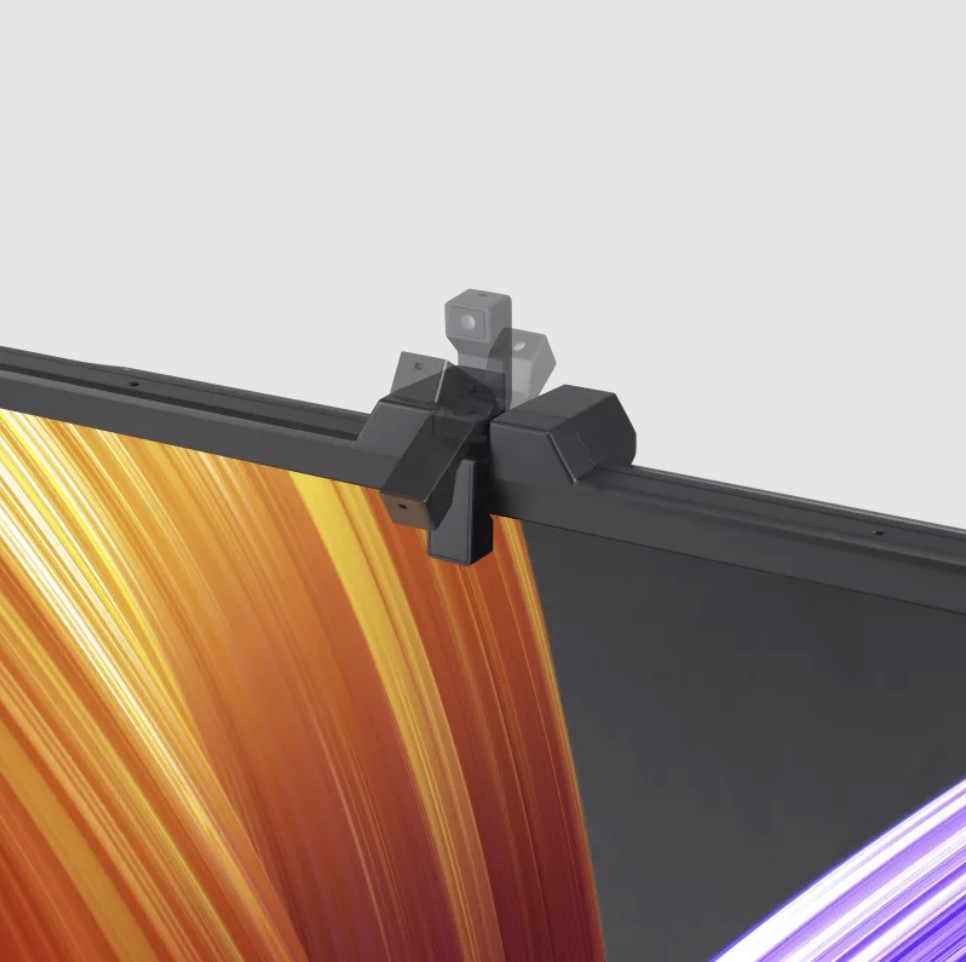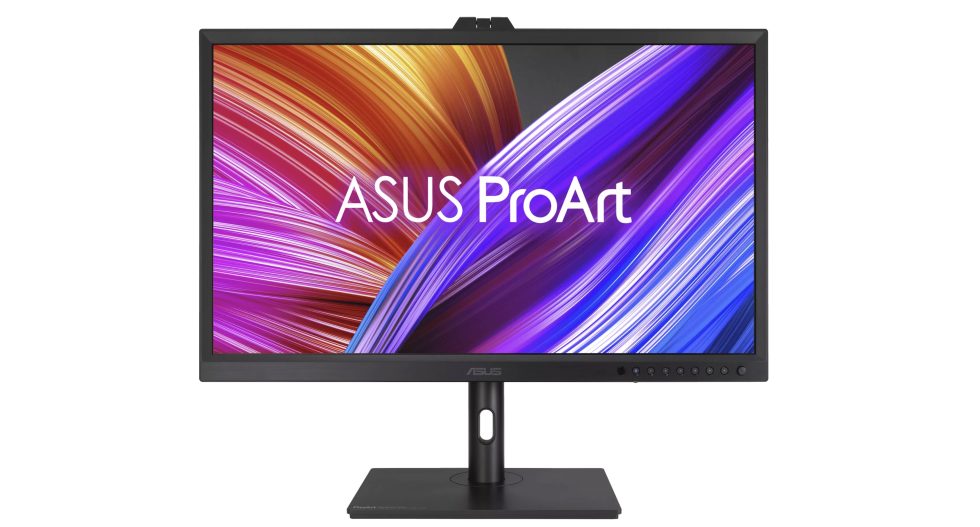

The next desktop-sized OLED monitor will cost $3,500
source link: https://arstechnica.com/gadgets/2022/08/the-next-desktop-sized-oled-monitor-will-cost-3500/
Go to the source link to view the article. You can view the picture content, updated content and better typesetting reading experience. If the link is broken, please click the button below to view the snapshot at that time.

RGB subpixels —
The next desktop-sized OLED monitor will cost $3,500
The 31.5-inch PA32C targets appropriately sized work, not big-screen entertainment.
Scharon Harding - 8/9/2022, 5:35 PM

OLED screens are slowly but surely making their way to desktops. The contrast-rich panel display tech is scattered across premium laptops, but when it comes to PC monitors, most options in the US are too big to fit on a typical desk. There are some, primarily from LG, but we need more options. The latest OLED looks to be the 31.5-inch ProArt PA32DC, which Asus announced Tuesday, and it will be available in October for $3.500.
Barring any surprise releases, the PA32DC should be the next member of a growing group of OLED monitors that can fit atop a desk. For a while, the OLED monitor space has been dominated by juggernauts and, even among the more moderately sized options, gaming displays. The PA32DC targets professionals and creatives to accommodate their office setup in a way that's rare for today's OLED monitors (the exceptions being LG's UltraFine series of 26.5-inch and 31.5-inch OLED monitors and portable monitors using OLED).
Asus' 4K OLED monitor has an impressive specs sheet, including 100 percent sRGB, 99 percent DCI-P3 and Adobe RGB, and 80 percent Rec. 2020 coverage. The display also foregoes a color filter, which Asus claimed helped the monitor achieve a color accuracy of Delta E <1.
AdvertisementIt also claims up to 500 nits brightness with a 10 percent patch, which is relevant for HDR, but an average brightness of 250 nits overall. Brightness has long been an advantage LED monitors held over OLED. For color-critical work, the PA32DC has a "uniform brightness" setting to cap brightness at 250 nits. HDR color-grading, meanwhile, will be limited when concerning areas with highlights over 500 nits.
The OLED panel uses a standard RGB subpixel layout, like LG's UltraFine OLED monitors. While some casual users won't have immediate issues with alternative layouts, such as the Aorus FO48U's WRGB or QD-OLED's triangular subpixel structure, RGB subpixels can deliver a clearer image when viewing content closely. They can also reduce visual artifacts in high-contrast areas, like black text on white backgrounds. Some OLED monitors like the QD-OLED Alienware AW3423DW tout extra strong colors for entertainment and gaming, but reading may be more straining.
Asus' PA32DC looks like a strong rival for LG's UltraFine OLED monitors, especially the 31.5-inch 32EP950-B with a $500 higher MSRP (as of writing). One immediate difference between LG's OLED options is the inclusion of HLG and Dolby Vision support. The upcoming Asus display and LG's UltraFine OLED monitors all have VESA DisplayHDR True Black 400 certification.
Auto-calibrated creative work
Asus' monitor really carves its niche in the professional creative space with a strong focus on accuracy that goes as far as including an integrated, motorized colorimeter via a 3.1×0.8-inch protrusion from the top of the monitor's chassis.

You can set the colorimeter to wake, warm up, and calibrate the monitor via software. This should be a step up from LG's 32BP95E-B OLED monitor, which merely has a sensor for hardware calibration, though many creatives likely have preferred calibration tools already.
AdvertisementThe PA32DC can fit on top of a desk with its included stand, but Asus also sees it going to TV and movie production sets and then to post-production. The 17.6-pound monitor has a pair of metal feet that screw into the bottom of the chassis, a metal handle, and I/O ports facing the right and left side instead of downward, mounting areas for cable management hooks, and an integrated power supply.
The monitor supports 65 W USB-C power delivery for a streamlined setup, though you can get greater power delivery in the 100 W range from other PC monitors. Other ports are DisplayPort 1.4, three HDMI 2.0 ports, four USB-A ports, and a headphone jack.
The elephant in the room: burn-in
OLED's greatest failure remains the looming threat of burn-in. This is particularly concerning for a work display, which may frequently have static images, like desktop icons or graphics.
The PA32DC can't guarantee you won't ever fall victim to burn-in, but it includes three things that Asus claims help diminish the risk.
A proximity sensor enables the display to dim automatically if no one's around. There's also a "screen protection" feature that dims the screen if the signal doesn't change for a while, and pixel shift, which occasionally moves the display area using a small group of additional pixels around the monitor's edge.
Ars Technica may earn compensation for sales from links on this post through affiliate programs.
Recommend
About Joyk
Aggregate valuable and interesting links.
Joyk means Joy of geeK
